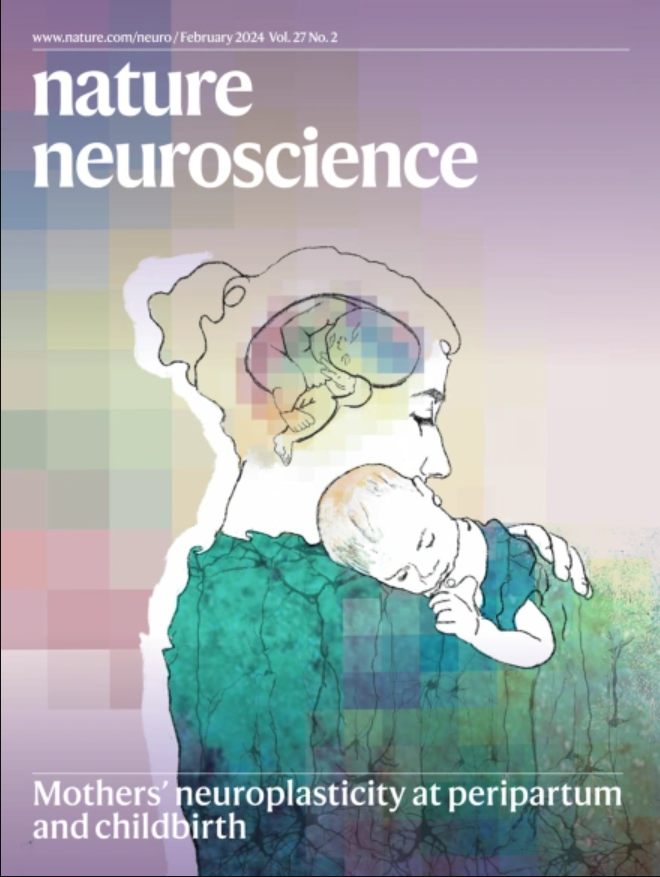神经胶质细胞在睡眠稳态中的基本作用
IF 20
1区 医学
Q1 NEUROSCIENCES
引用次数: 0
摘要
睡眠具有恢复功能,但其机制在很大程度上尚不清楚。一项对黑腹果蝇的研究表明,神经胶质细胞动态监测大脑中因努力行为而积累的代谢变化,从而触发对休息和睡眠的需求。本文章由计算机程序翻译,如有差异,请以英文原文为准。

A basic role for glia in sleep homeostasis
Sleep has restorative properties, but the mechanisms remain largely unknown. A study in Drosophila melanogaster reveals that glia dynamically monitor metabolic changes in the brain that accumulate from effortful behavior, triggering the need for rest and sleep.
求助全文
通过发布文献求助,成功后即可免费获取论文全文。
去求助
来源期刊

Nature neuroscience
医学-神经科学
CiteScore
38.60
自引率
1.20%
发文量
212
审稿时长
1 months
期刊介绍:
Nature Neuroscience, a multidisciplinary journal, publishes papers of the utmost quality and significance across all realms of neuroscience. The editors welcome contributions spanning molecular, cellular, systems, and cognitive neuroscience, along with psychophysics, computational modeling, and nervous system disorders. While no area is off-limits, studies offering fundamental insights into nervous system function receive priority.
The journal offers high visibility to both readers and authors, fostering interdisciplinary communication and accessibility to a broad audience. It maintains high standards of copy editing and production, rigorous peer review, rapid publication, and operates independently from academic societies and other vested interests.
In addition to primary research, Nature Neuroscience features news and views, reviews, editorials, commentaries, perspectives, book reviews, and correspondence, aiming to serve as the voice of the global neuroscience community.
 求助内容:
求助内容: 应助结果提醒方式:
应助结果提醒方式:


